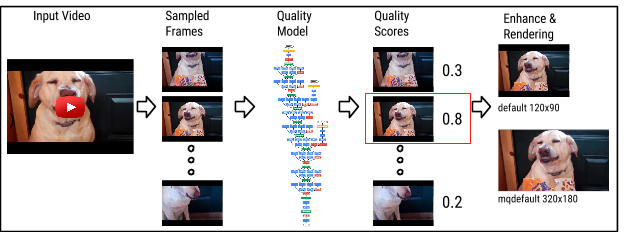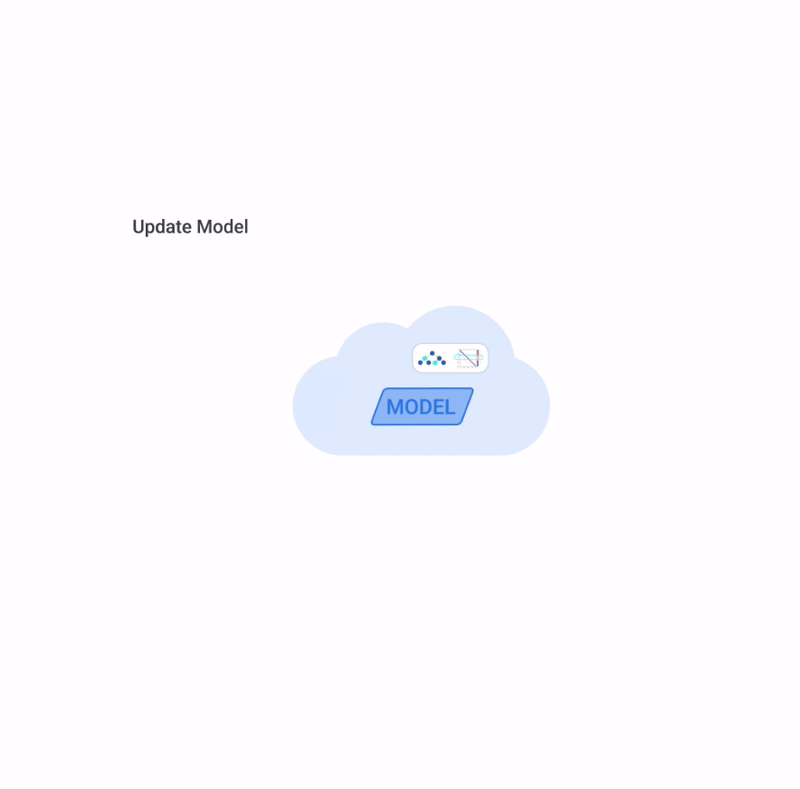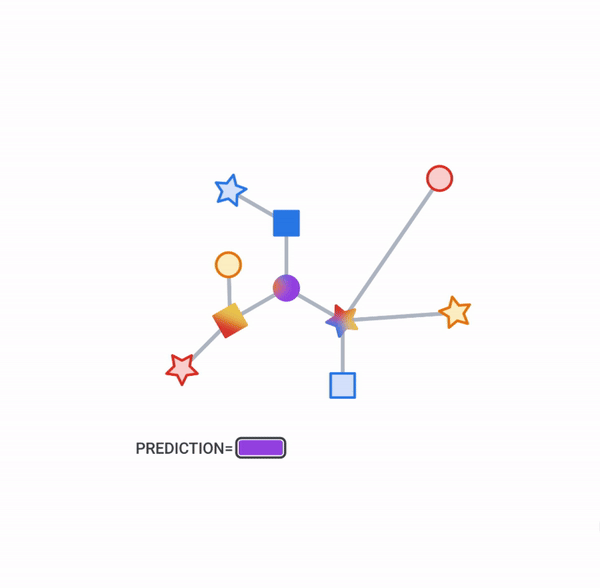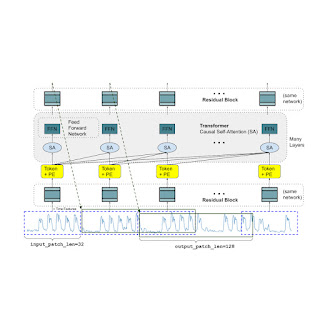
Improving YouTube video thumbnails with deep neural nets
October 8, 2015
Posted by Weilong Yang and Min-hsuan Tsai, Video Content Analysis team and the YouTube Creator team
Video thumbnails are often the first things viewers see when they look for something interesting to watch. A strong, vibrant, and relevant thumbnail draws attention, giving viewers a quick preview of the content of the video, and helps them to find content more easily. Better thumbnails lead to more clicks and views for video creators.
Inspired by the recent remarkable advances of deep neural networks (DNNs) in computer vision, such as image and video classification, our team has recently launched an improved automatic YouTube "thumbnailer" in order to help creators showcase their video content. Here is how it works.
The Thumbnailer Pipeline
While a video is being uploaded to YouTube, we first sample frames from the video at one frame per second. Each sampled frame is evaluated by a quality model and assigned a single quality score. The frames with the highest scores are selected, enhanced and rendered as thumbnails with different sizes and aspect ratios. Among all the components, the quality model is the most critical and turned out to be the most challenging to develop. In the latest version of the thumbnailer algorithm, we used a DNN for the quality model. So, what is the quality model measuring, and how is the score calculated?
 |
| The main processing pipeline of the thumbnailer. |
Unlike the task of identifying if a video contains your favorite animal, judging the visual quality of a video frame can be very subjective - people often have very different opinions and preferences when selecting frames as video thumbnails. One of the main challenges we faced was how to collect a large set of well-annotated training examples to feed into our neural network. Fortunately, on YouTube, in addition to having algorithmically generated thumbnails, many YouTube videos also come with carefully designed custom thumbnails uploaded by creators. Those thumbnails are typically well framed, in-focus, and center on a specific subject (e.g. the main character in the video). We consider these custom thumbnails from popular videos as positive (high-quality) examples, and randomly selected video frames as negative (low-quality) examples. Some examples of the training images are shown below.
 |
| Example training images. |
Results
Compared to the previous automatically generated thumbnails, the DNN-powered model is able to select frames with much better quality. In a human evaluation, the thumbnails produced by our new models are preferred to those from the previous thumbnailer in more than 65% of side-by-side ratings. Here are some examples of how the new quality model performs on YouTube videos:
 |
| Example frames with low and high quality score from the DNN quality model, from video “Grand Canyon Rock Squirrel”. |
 |
| Thumbnails generated by old vs. new thumbnailer algorithm. |
-
Labels:
- Product


